 Livestock Management
Livestock Management

Anti-predation program introduced in Manitoba
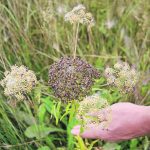
Poisonous plants can lurk in pastures
Livestock producers are advised to protect their animals by identifying plants that can cause acute or chronic poisoning
REGINA — Turning cattle onto fresh spring pasture can come with risks from the plants growing there. Some plants are acutely toxic and others cause chronic poisoning. These include weeds that have appeared during the last few years of drought as water body boundaries receded. Jennifer Hayden and Chelsea Siemens, livestock and feed extension specialists […] Read more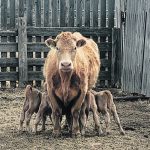
It’s quadruplets – photo essay
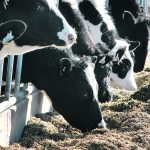
Canada expands avian flu monitoring
Federal government announces new precautions to keep virus out of the country’s dairy herd

Canada bars gates for untested U.S. dairy cattle
Lactating dairy cattle out of the United States must now test negative for bird flu before crossing the Canadian border
As of May 3, no Canadian dairies or beef herds had sickened with the strain of highly pathogenic avian influenza that has spread to nine states—and there’s hope the U.S. Department of Agriculture’s agreement to test lactating dairy cattle before they enter Canada might help keep it that way. Colorado joined the list of states […] Read more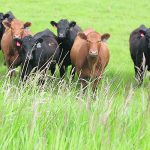
Working with crop farmers provides another feed source
Cattle producers and grain growers who enter into grazing partnerships are urged to write a rock-solid agreement
Working with crop farmers may be one answer for cattle producers struggling with feed shortages. Kevin Elmy told the recent Advancing Organics conference in Saskatoon that he started looking for alternative management practices when he moved back to the family seed operation near Saltcoats, Sask., in 1999. What he came up with was a partnership […] Read more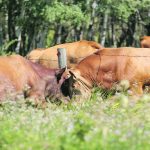
Advances in sexed semen positive for cattle industry

Producers find antibiotic-free pork strategies

Cattle may help recycle food waste
A new film produced by the Canadian Cattle Association highlights how feedlots are using diverse feed sources
Glacier FarmMedia – Canada wastes about half the food it produces, but cattle can convert that waste into protein production. To highlight that ability, the next documentary in a five-part series from the Canadian Cattle Association focuses on feedlots and their role in recycling food waste. “There are concerns folks have about the environment and […] Read more



 Livestock Management
Livestock Management

